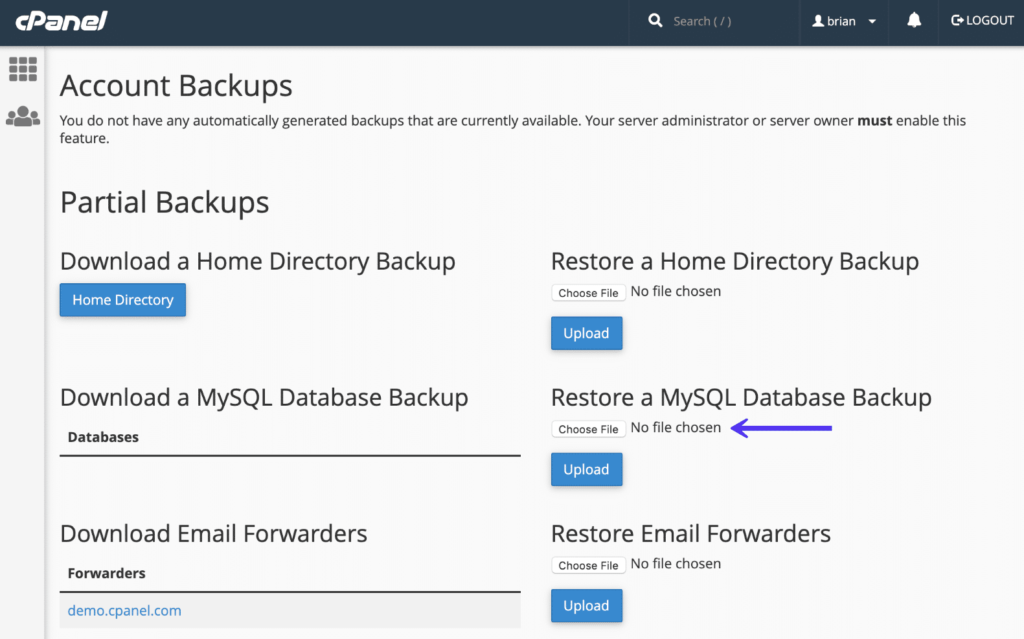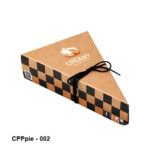phpMyAdmin is a program used to control data sets somewhat through a web interface. A decent facilitating bundle will have this included. For data on support up your WordPress data set, see Backing Up Your Database. Data here has been tried utilizing phpMyAdmin 4.0.5 running on Unix. The accompanying directions will supplant your ongoing data set with the reinforcement, returning your data set to the state it was in when you supported up. This technique for recuperation is just halfway, and you probably won’t have the option to recuperate everything, in any case, WordPress stores most settings and information in its data set. Hence, you will actually want to recuperate the majority of your WordPress site just from your information base. If you want more information to restore WordPress database backup then do this.
Reestablish WordPress establishment
Since you just have a MySQL information base right now, the subsequent stage ought to introduce a new WordPress. For that, download the WordPress establishment documents from the authority site, and transfer them with any appropriate choice (Import Website, File Manager, FTP). Access your WordPress administrator region (open domain. tld/wp-administrator, where domain. TLD is your area), pick the language for your site, and snap Let’s go! In the subsequent stage, you are expected to give data set data. Embed information of the data set, which you made in the past step.
Reinstall subject and modules
Right now, your site ought to have your old posts and pages, settings, custom CSS documents, and clients. For everything to show up appropriately, you want to reinstall your subject and modules. For the subject, it would be sufficient to introduce your past subject basically. Then, at that point, open the Plugins menu and introduce the missing modules. On the off chance that you don’t recollect the full rundown of modules, you can definitely relax – the data set has records of every one of them, so you will see an admonition about each module that is absent.
Fix connections and pictures
In the following stage, you really want to reproduce permalinks. After this, most of the connections on your site ought to work appropriately. As data sets don’t contain pictures, to fix the issue with missing pictures, you should re-transfer every single picture. To facilitate this interaction, we will utilize 2 devices:
Broken Link Checker module
Introduce and enact a Broken Link Checker module. Then, open its settings (will probably be at Tools → Broken Links, yet may vary in light of your WordPress and module forms). There you will see a full rundown of broken joins – it will assist you with figuring out which pictures are missing and their past area. All you really want to do is re-transfer these pictures.
Adding the Database to Restore the Website
With the data set filled and all set, now is the ideal time to add it to WordPress.
Presently, you’ll have several methods for introducing the substance of the board framework. You can utilize simple techniques, like introducing WordPress with Softaculous. Nonetheless, certain individuals like to physically introduce WordPress.
Sadly, Softwaculous can’t utilize a current data set while setting up WordPress. It just works for new locales with remarkable data sets. While introducing WordPress physically, you’ll come to a page for the information base. Input the data set and accreditations of the record you made before. When you click “Submit,” you’ll receive a message expressing WordPress is now introduced. This is typical. All you want to do currently is click the “Sign In” button and access your site typically.
Reestablishing the Rest of the Site
Sadly, the data set doesn’t hold a portion of the different subtleties you could have had on your site. Things like modules, pictures, and subjects should be added once more.
In any case, you could possibly scan your program’s reserve for a portion of those pictures or recover them through a store of your site on web search tools.
This is one reason why I recommend utilizing modules like UpdraftPlus or other reinforcement devices. You will not need to stress over attempting to track down these components. What’s more, there are a lot of modules to browse for making total savings on your site. It basically makes recuperating erased WordPress destinations simple from a reinforcement.
Keep in mind Redundancy
Having a reinforcement close by saves a difficult situation, lost traffic, and perhaps lost pay. Try not to stand by excessively lengthy to have a legitimate strategy for making duplicates of the site. Whether it’s a server crash, programmers, or malware, not having a fast and simple arrangement can end up being obliterating.
Reestablish a cPanel have reinforcement
cPanel is the most well-known facilitating control board among shared plans. The board incorporates many choices and devices that empower you to do all that from introducing WordPress to getting to a record chief and making/reestablishing reinforcements.
On the off chance that your web has offers you a cPanel account, feel free to sign in. You ought to see a wide assortment of devices isolated into classifications. Search for a part that says Files, which ought to incorporate a Backup Manager option. Once you open the Backup Manager, you’ll gain admittance to at least one reinforcement instrument, contingent upon what cPanel arrangement you’re utilizing. Much of the time, there ought to be reinforcement creation and reestablishing choices, as well as a wizard in the event that you really want a touch of additional assistance.
Author Bio:
I am Shruti, and I have been working as Content Writer at Entranttechnologies for the past 2 years. My expertise lies in researching and writing both technical and fashion content. I have written multiple articles on ludo game development company and teen Patti over the past years and would love to explore more on the same in the future. I hope my work keeps mesmerizing you and helps you in the future.



